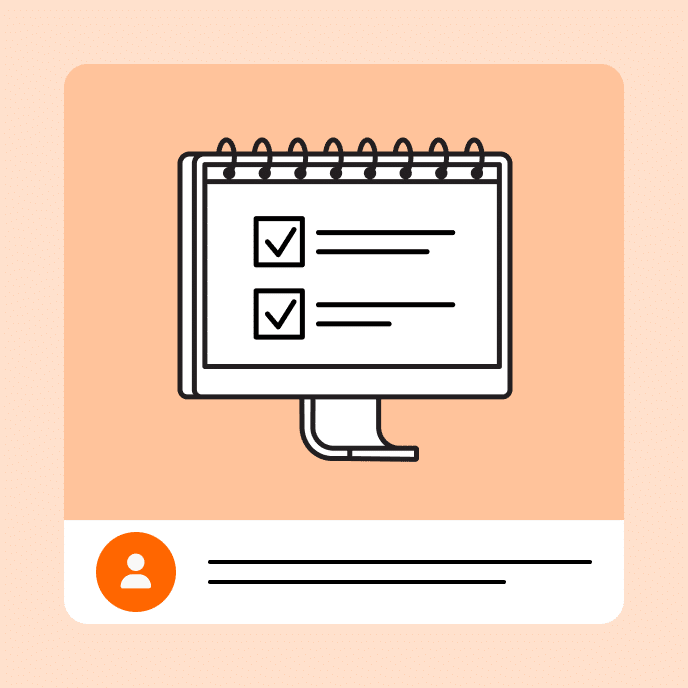What is asynchronous learning?
Asynchronous learning is a learning format where students access materials and complete lessons at their own pace. One of the main benefits of an asynchronous learning environment is its flexibility. This format allows for self-paced learning where participants can learn at different times and from different locations, which can also improve accessibility for remote learners.
Example: We used asynchronous learning to launch virtual compliance training for over 200 employees across time zones.
Because asynchronous learning environments don’t require a physical classroom or a live instructor, they may save facilitators time and money. They can also easily be scaled to serve a larger audience. To reinforce lesson material, learners can go back and review previous lessons from asynchronous courses with little effort, which may improve knowledge retention.
What’s the difference between synchronous and asynchronous learning?
While both asynchronous and synchronous learning can take place in either a physical classroom or online, traditionally, asynchronous learning takes place virtually. However, synchronous online classes also exist.
In synchronous online learning, lessons are completed online by learners at the same time. Like learning in a physical classroom, students receive course materials together, even if they are participating from different locations.
Both asynchronous and synchronous courses play an important role for learners and instructors. Many learning institutions may decide to combine the two methods so participants can tap into the benefits of each. For example, asynchronous online classes may be paired with an in-person field trip.
Best practices for asynchronous online learning
To create effective asynchronous courses, it’s key to have the right tools and technologies in place. These types of course authoring and distribution tools can allow you to easily build and scale your program to suit your audience.
Another important strategy when building asynchronous classes is to incorporate elements of interactivity. Requiring learners to make choices and interact with content—and each other—increases learner engagement. This can improve knowledge retention even when learning is happening at different times and in different locations.
Successful asynchronous learning should be built to accommodate different learning styles. Images and videos, text-to-speech options, adjustable pacing, practice scenarios, options to annotate text, quizzes, and more can be incorporated into lessons so different types of learners can absorb the material effectively.

Related terms
You may also like
Ready to get started with the leading course authoring tools?
Articulate has everything you need to create better workplace training. Start creating for free today.



